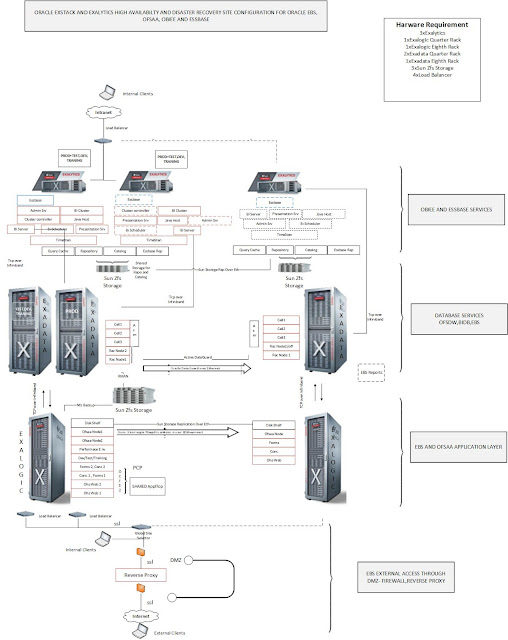Problem: After installation of oel 5.8 64 bit linux, while booting for the first time following occur.
setuproot: error mounting /proc: No such file or directory
setuproot: error mounting /sys: No such file or directory
Analysis:This problem looks just like the problem described in the following document:
HP ProLiant DL360 G7 Server Does Not Boot With UEK Kernel 2.6.32-100.28.9.El5 [ID 1310016.1])
For displaying the detailed log:
1) Select the 2.6.32-300.10.1.el5uek entry and enter "e" to edit it
2) Highlight the line beginning "kernel vmlinuz-2.6.32...." and enter "e" again to edit it
3) Move the cursor to the end of the line and remove the parameters "rhgb quiet" and press <enter>
4) Press "b" to boot
5) Capture the error log if it is any more verbose than you already provided.
(Note That:
rhgb = redhat graphical boot - This is a GUI mode booting screen with most of the information hidden.
quiet = hides the majority of boot messages before rhgb starts.)
Problem Description : Bug
Workaround : Using base kernel.. (Oracle Linux contains two kernels , uek and base. There is no booting problem with base kernel.)
setuproot: error mounting /proc: No such file or directory
setuproot: error mounting /sys: No such file or directory
Analysis:This problem looks just like the problem described in the following document:
HP ProLiant DL360 G7 Server Does Not Boot With UEK Kernel 2.6.32-100.28.9.El5 [ID 1310016.1])
For displaying the detailed log:
1) Select the 2.6.32-300.10.1.el5uek entry and enter "e" to edit it
2) Highlight the line beginning "kernel vmlinuz-2.6.32...." and enter "e" again to edit it
3) Move the cursor to the end of the line and remove the parameters "rhgb quiet" and press <enter>
4) Press "b" to boot
5) Capture the error log if it is any more verbose than you already provided.
(Note That:
rhgb = redhat graphical boot - This is a GUI mode booting screen with most of the information hidden.
quiet = hides the majority of boot messages before rhgb starts.)
Problem Description : Bug
Workaround : Using base kernel.. (Oracle Linux contains two kernels , uek and base. There is no booting problem with base kernel.)
"Solution: Kernel Upgrade -> to 2.6.32-300.39.2.el5uek"
Boot with base kernel, upgrade uek with rpm, check and configure(if necessary) the grub.conf , and reboot.
Boot with base kernel, upgrade uek with rpm, check and configure(if necessary) the grub.conf , and reboot.









